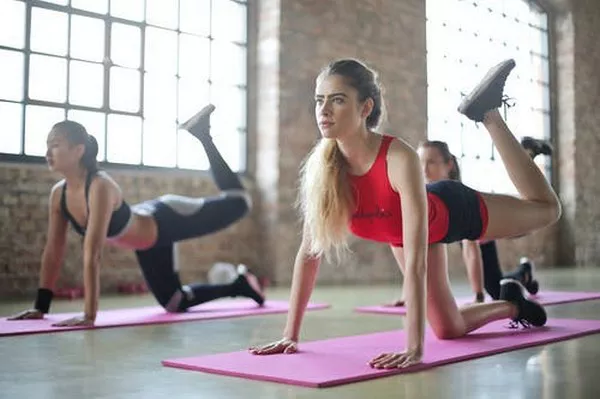When it comes to working out, one of the most common questions is whether to do abs before or after cardio. Both of these are key components of any exercise routine, and their order can have a significant impact on your fitness goals. So, which one should you prioritize?
In this article, we’ll explore the benefits and drawbacks of doing abs before cardio and vice versa. By understanding the science behind each approach, we hope to help you make an informed decision that aligns with your fitness needs.
The Case for Doing Abs Before Cardio
There are several advantages to doing abs exercises before cardio. Here are some of the main ones:
You’ll Have More Energy: One of the most significant benefits of doing abs exercises before cardio is that you will have more energy to devote to them. When you perform abs exercises at the beginning of your workout, your muscles are fresher, and you’re less likely to be fatigued. This means you can put in more effort and get better results.
It Warms Up Your Core: Doing abs exercises at the start of your workout can also help to warm up your core muscles, which are essential for overall stability and balance. A strong core will allow you to perform other exercises with proper form and prevent injury.
Improved Mind-Muscle Connection: Doing abs exercises before cardio helps to establish a good mind-muscle connection, which is crucial for effective training. By focusing on your abs at the start of your workout, you’ll activate the right muscles and improve your form throughout the session.
Increased Fat Burn: Studies have shown that performing strength exercises before aerobic exercises can lead to greater fat burn during the entire workout. This is because strength exercises create an oxygen debt, which in turn increases calorie burning.
The Case for Doing Cardio Before Abs
While there are some compelling reasons to do abs exercises before cardio, there are also some benefits to doing cardio first. Here are some of the main advantages:
1.You’ll Burn More Calories:
Doing cardio first can help to burn more calories overall. Cardio exercises tend to be more intense and require greater energy expenditure, which means you’ll burn more calories during the workout. This can help to support weight loss goals.
2.Increased Endurance:
By doing cardio at the start of your workout, you can build endurance and improve cardiovascular health. This can help you to perform better during subsequent workouts and feel stronger overall.
3.Improved Recovery Time:
Cardio exercises can increase blood flow and oxygen delivery to muscles, which can help to reduce recovery time and prevent soreness. This means you’ll be able to recover faster and continue training more consistently.
4.Better Mental Focus:
Cardio exercises release endorphins, which can boost mood and improve mental focus. By starting with cardio, you can get into the right mindset for a productive workout.
So, What’s the Verdict?
The decision on whether to do abs before or after cardio ultimately depends on your fitness goals and preferences. If your main goal is to build core strength and tone your abs, then starting with abs exercises may be the best option. However, if you’re looking to burn more calories and improve your endurance, then starting with cardio may be more beneficial.
It’s worth noting that there is no one-size-fits-all approach when it comes to exercise. Everyone’s body is unique, and what works for one person may not work for another. The key is to experiment with different approaches and find what feels most effective for you.
If you’re still unsure about the best order for your workouts, consider working with a personal trainer or fitness professional. They can help you design a customized exercise plan that takes into account your specific needs and goals.
In Conclusion
Whether you decide to do abs before or after cardio, the most important thing is to stay consistent with your exercise routine. Regular physical activity is essential for overall health and wellbeing, and both abs exercises and cardio can play a crucial role in achieving your fitness goals.
By understanding the benefits and drawbacks of each approach, you can make an informed decision that aligns with your unique needs and preferences. So, get out there and start moving!
Related topics:


